Men in Black
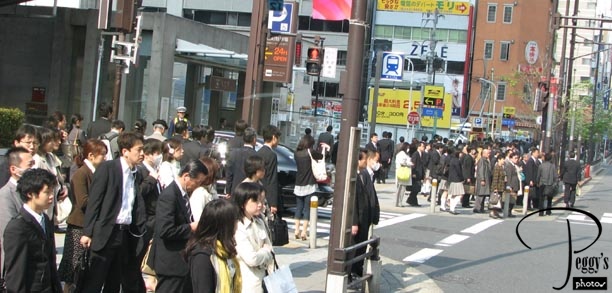
The bus from Sunrise Tours again picked me up at my hotel at 8:15 a.m. for the ride to the Hamamatsucho Bus Station to join my tour group to Kamakura. In Kamakura, we visited the Hase Kannon Buddist Temple, the Giant Buddha, and the Tsurugaoka Hachimangu Shinto Shrine, along with having a Japanese lunch. Photo: Morning rush hour in Tokyo. About 95% of the Japanese men wear black suits to work. With their black suits, black shoes, black hair, and conservative ties, one of the tourists nicknamed them “The Men in Black––Japanese style.”

Men in Black
More Men in Black
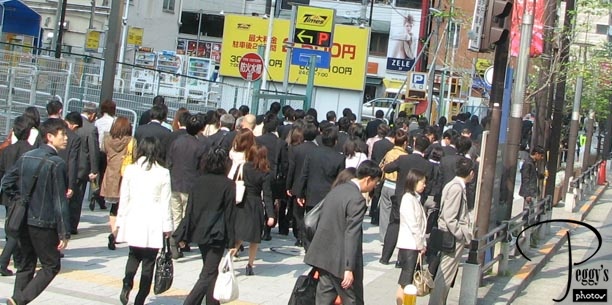
The Japanese men looked very sharp, both individually and collectively. Many of the women were elegantly dressed in designer clothes. Ninety–nine percent of the Japanese that I saw are THIN––quite impressive. I don’t think that it is only their diet keeping them thin: they also do quite a lot of walking.

More Men in Black
Hanuko
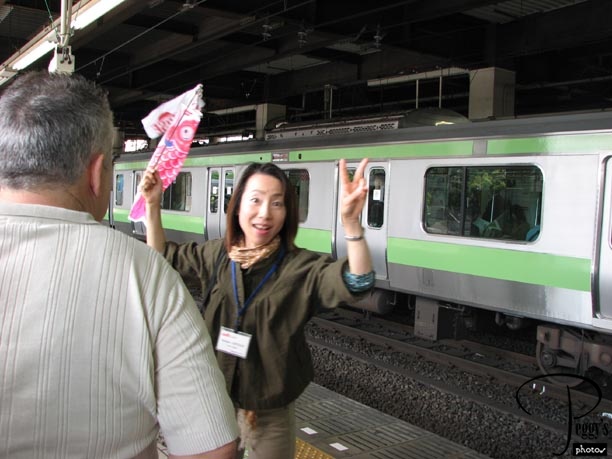
Our great tour guide Hanuko. She led our tour group of 11 (2 guys from Houston and one couple each from San Francisco, Germany, France, and Canada––originally from Poland, and me. (Incidentally, by taking an informal survey of where American tourists were from, the largest numbers were from San Francisco and Chicago. Also, a large number were only going to be in Japan for a week, as I was to be. They were taking advantage of packages with the lowest airfares to Japan in a long time.) Our Kamakura tour was a walking tour, first walking from the bus station to the subway station and then taking the subway to Tokyo Station. Hanuko knew the exact times the trains were to arrive and they did arrive at the exact times.

Hanuko
Tokyo Station
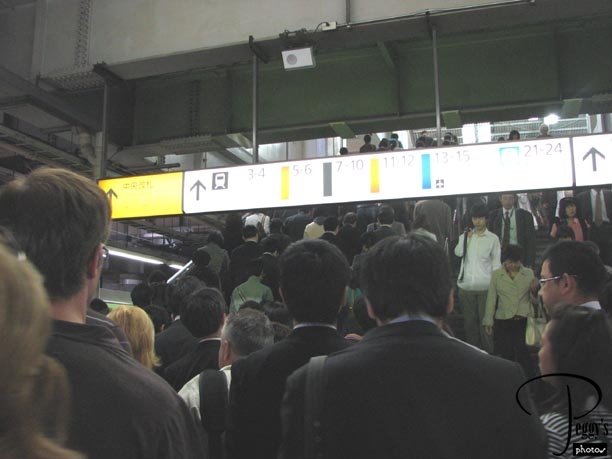
Good thing that Hanuko was holding up a fish so that we didn’t get separated in this mob.

Tokyo Station
Tokyo Station
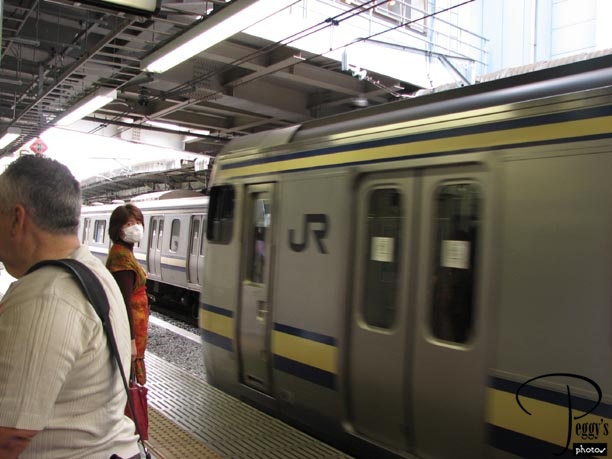
Waiting for the train at Tokyo Station to take us the about 36 miles to Kamakura, which is about 45 minutes by train.

Tokyo Station
Train Ride
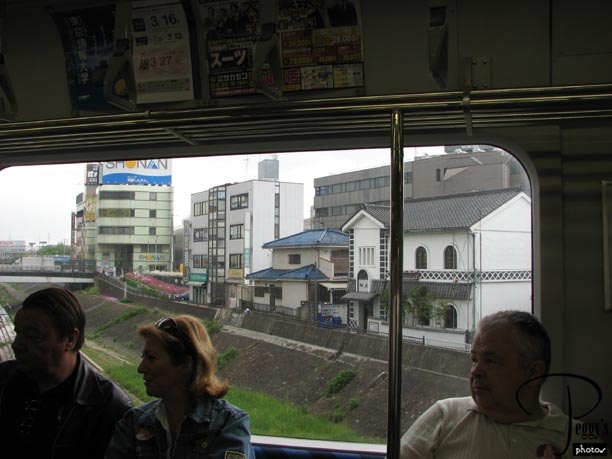
Passing some interesting houses along the railroad tracks.

Train Ride
Kamakura Station
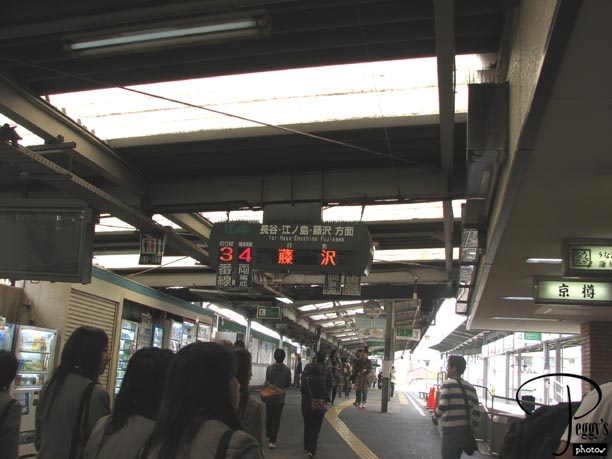
We still weren’t at our destination––we needed to take one more train to where we wanted to be in Kamakura (it is a big city).

Kamakura Station
Kamakura Station
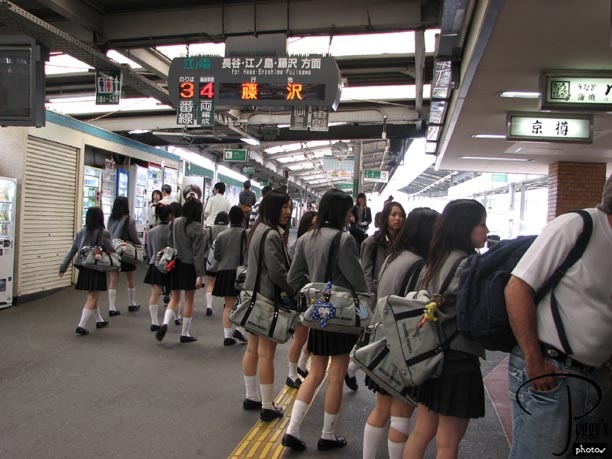
School girls at Kamakura Station.

Kamakura Station
Train Station Signs
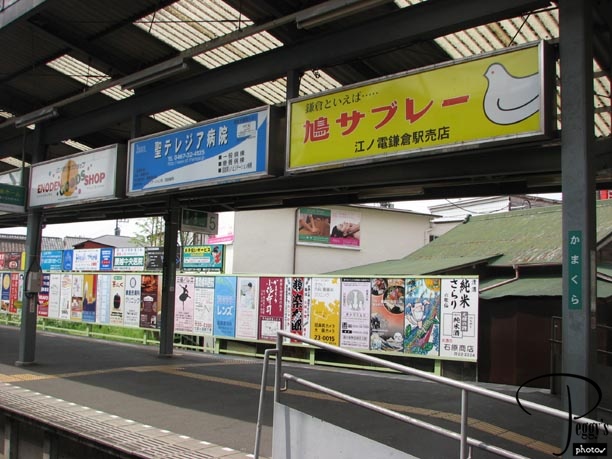
There were some interesting signs at this station. I have put these signs along with other signs that I saw in Japan on a slide show on this website: Go to Slide Shows, Asia, Japan, “Japan: Signs.”

Train Station Signs
Kamakura Map
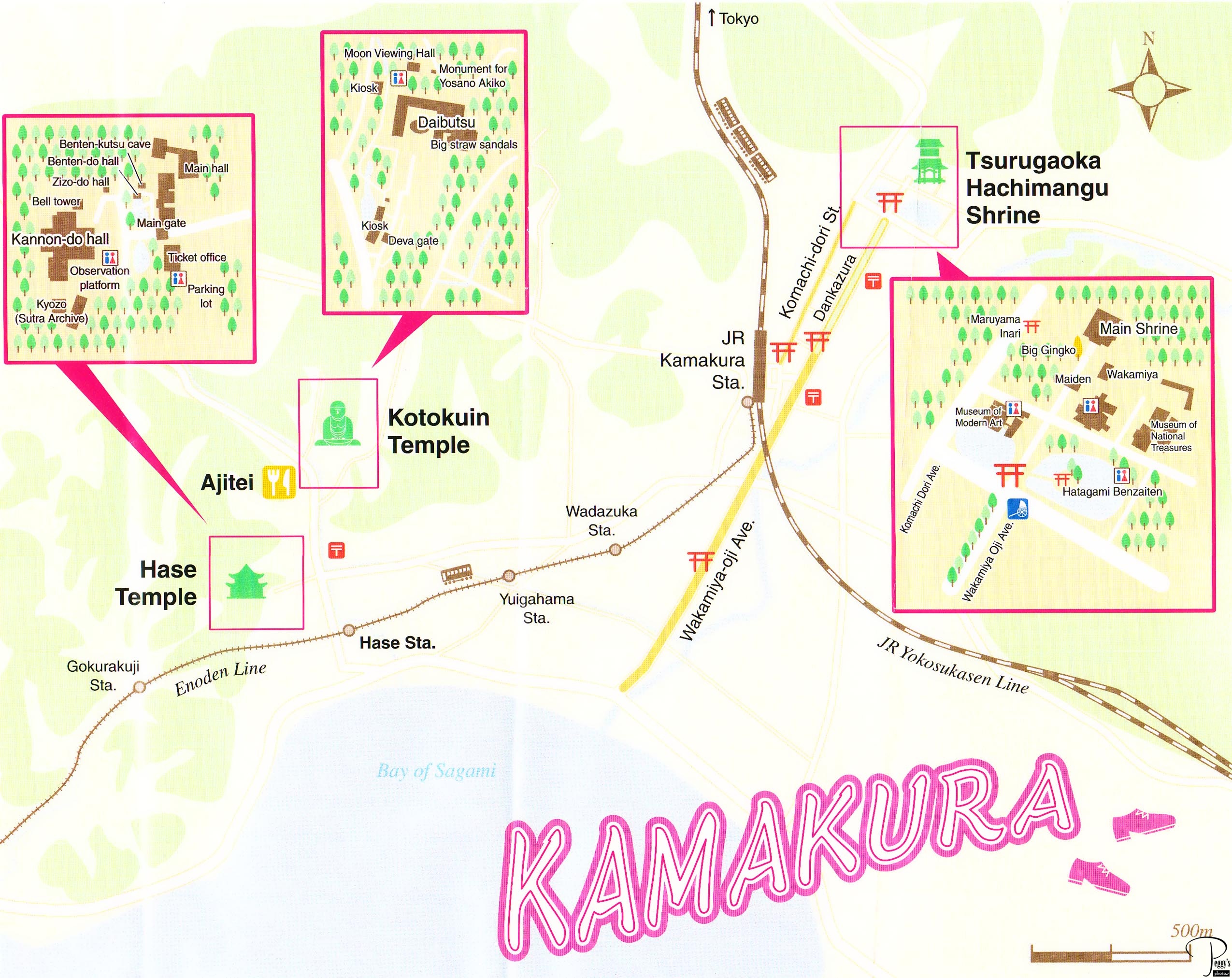
A map of Kamakura. The JR Kamakura Station is marked (our first train stop in Kamakura) and also the Hase Station, where we got off to first visit the Hase Kannon Buddhist Temple. Kamakura was Japan’s capital from 1185 to 1333. Here there are 19 Shinto shrines and 65 Buddhist temples.

Kamakura Map
100 Yen Shop

This store was near the Hase Station. Hanuko told us that its merchandise is from China.

100 Yen Shop
Kamakura
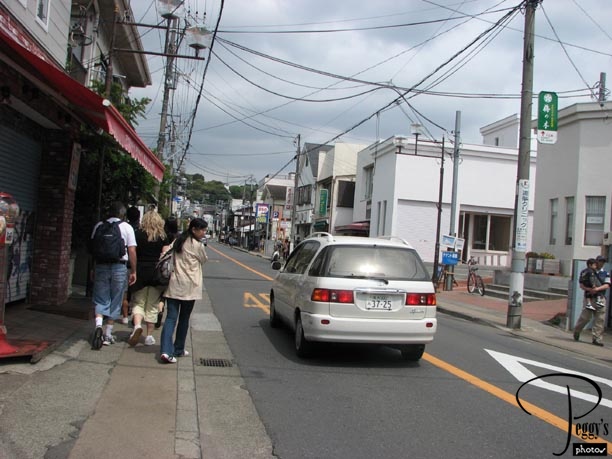
Walking toward the Hase Kannon Buddhist Temple.

Kamakura
Kamakura
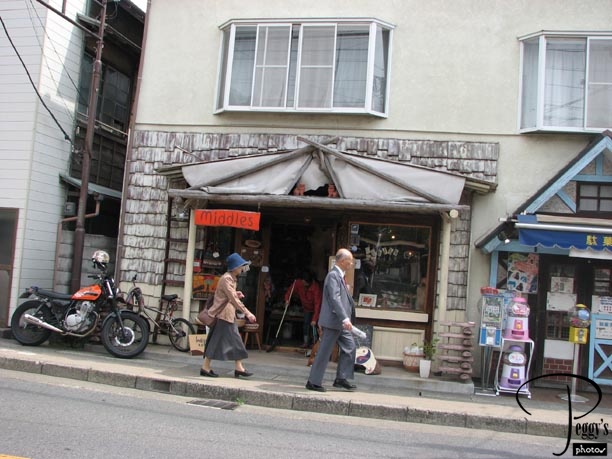
Farther along. This street was full of stores. After lunch, most of the tour group walked back to the train station along this street, with plenty of time to shop.

Kamakura
Kamakura
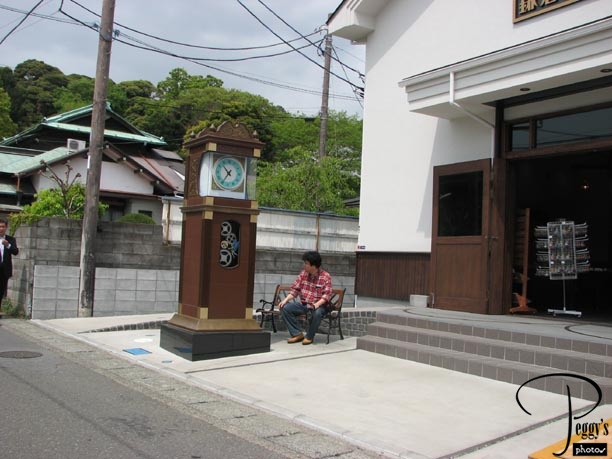
Odd place for a clock.

Kamakura
Hase Kannon Buddhist Temple
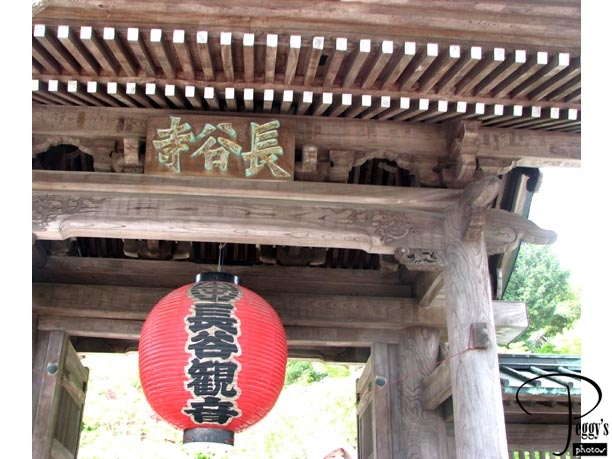
Entering the Hase Kannon Temple, a temple of the Jodo Buddhist sect. The temple is dedicated to Kannon, the goddess of mercy, as was the Asakusa Kannon (Senso–ji) Temple that I visited in Tokyo yesterday.

Hase Kannon Buddhist Temple
Hase Kannon Buddhist Temple
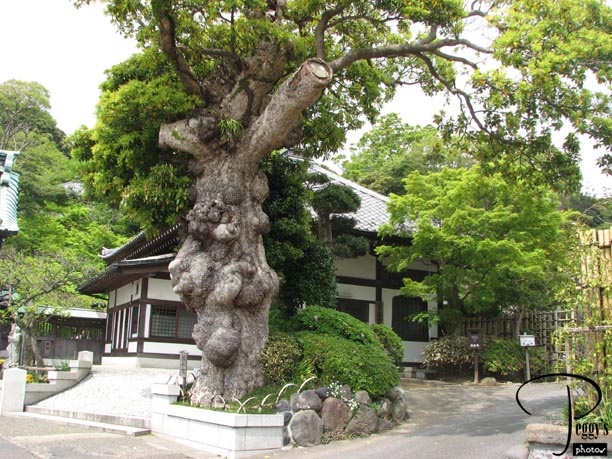
A very old ginko tree.

Hase Kannon Buddhist Temple
Hase Kannon Buddhist Temple
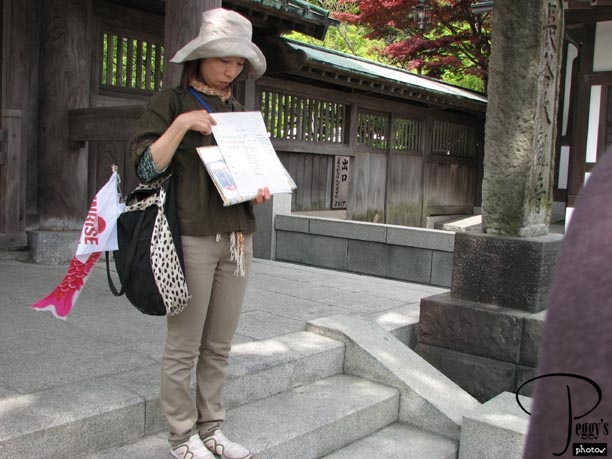
Hanuko is holding up a picture of Minamoto Yoritomo––see next item.

Hase Kannon Buddhist Temple
Hase Kannon Buddhist Temple
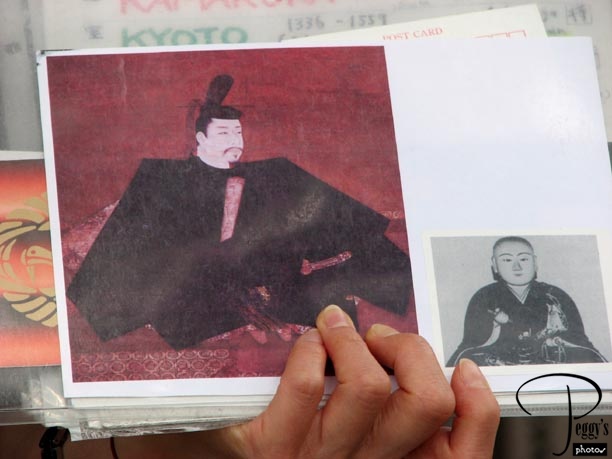
Minamoto Yoritomo was Japan’s first shogun (highest military leader). In 1185, the Minamoto family defeated the Taira clan and took over the control of Japan. In 1192, Yoritomo was appointed shogun and he established a new government––the Kamakura Bakufu. Kamakura became the capital of Japan.

Hase Kannon Buddhist Temple
Hase Kannon Buddhist Temple
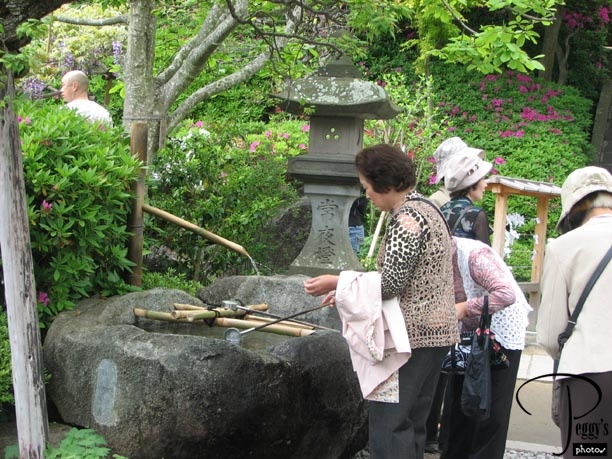
Washing hands and mouth for purification.

Hase Kannon Buddhist Temple
Hase Kannon Buddhist Temple
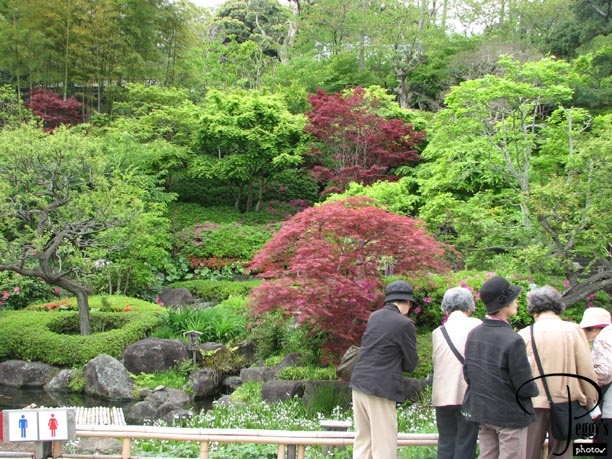
Beautiful gardens at the temple.

Hase Kannon Buddhist Temple
Hase Kannon Buddhist Temple
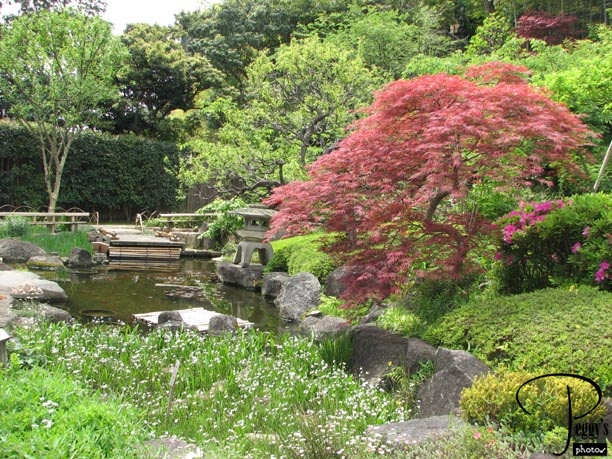
More of the gardens.

Hase Kannon Buddhist Temple
Hase Kannon Buddhist Temple
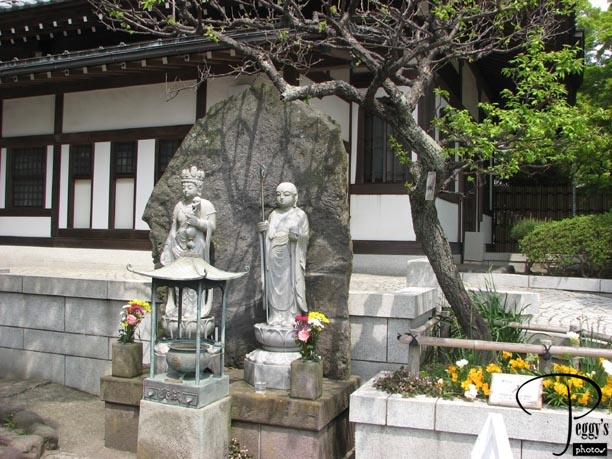
Statues.

Hase Kannon Buddhist Temple
Hase Kannon Buddhist Temple
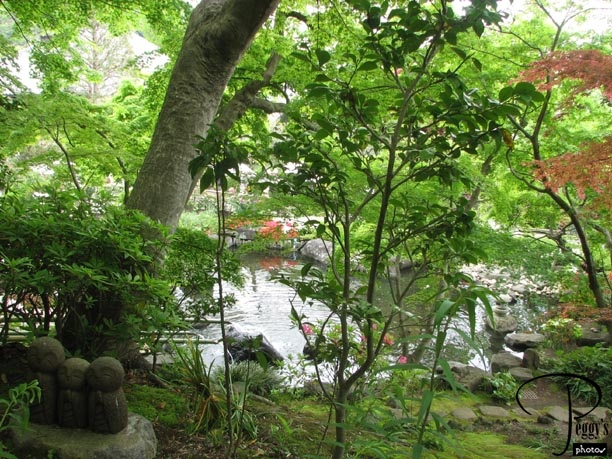
The gardens and ponds from above.

Hase Kannon Buddhist Temple
Hase Kannon Buddhist Temple
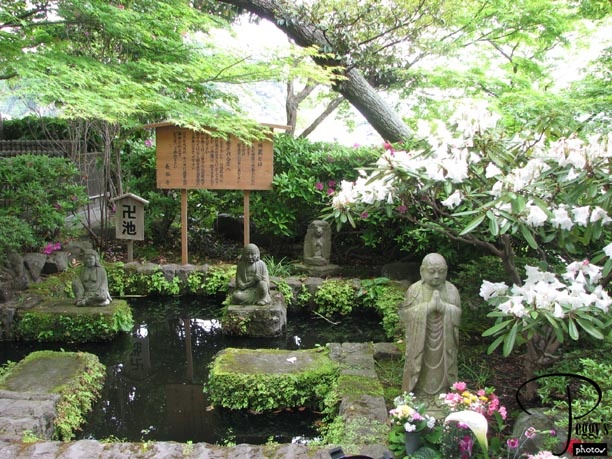
More statues.

Hase Kannon Buddhist Temple
Hase Kannon Buddhist Temple
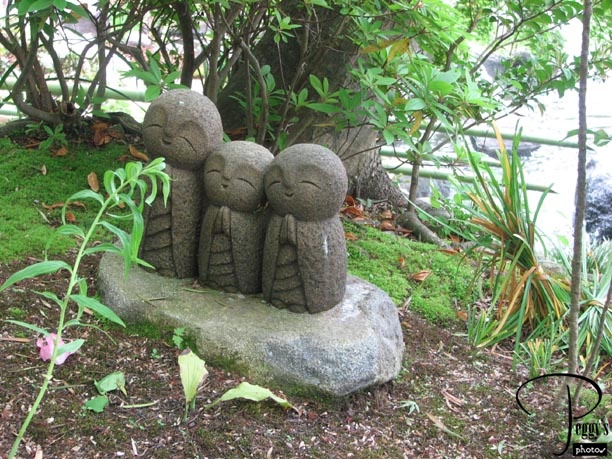
Adorable statues.

Hase Kannon Buddhist Temple
Hase Kannon Buddhist Temple
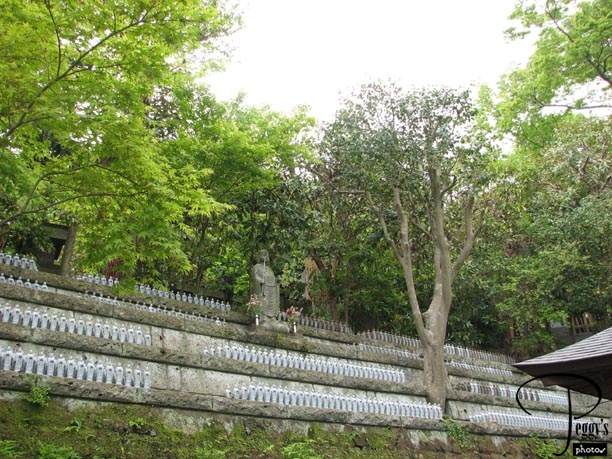
Identical Jizo stone statues are lined up on the hill. Jizo is the guardian of children and these statues are to comfort the souls of unborn or deceased children.

Hase Kannon Buddhist Temple
Hase Kannon Buddhist Temple
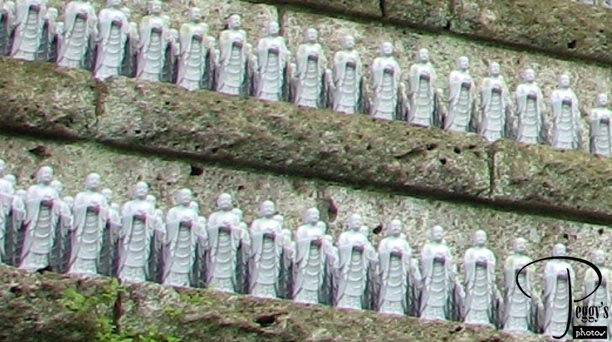
Close–up of the Jizo statues.

Hase Kannon Buddhist Temple
Hase Kannon Buddhist Temple
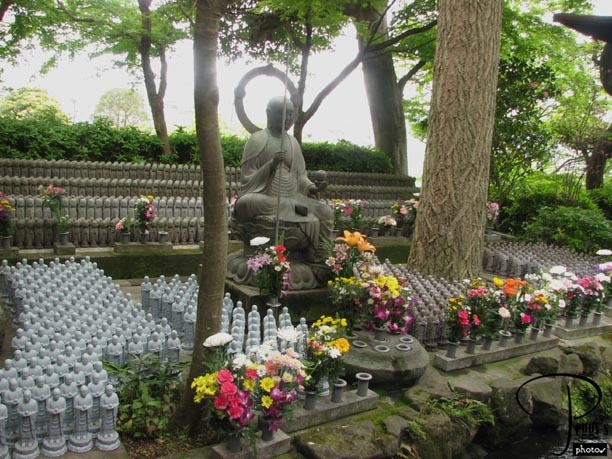
More Jizo statues.

Hase Kannon Buddhist Temple
Hase Kannon Buddhist Temple
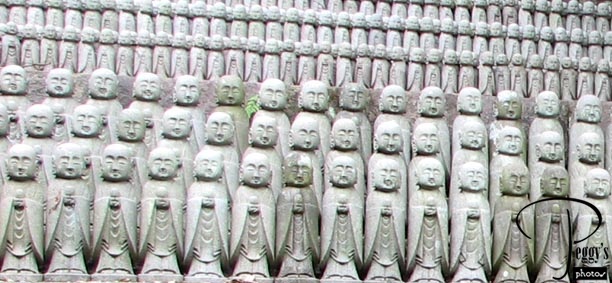
A close–up.

Hase Kannon Buddhist Temple
Hase Kannon Buddhist Temple
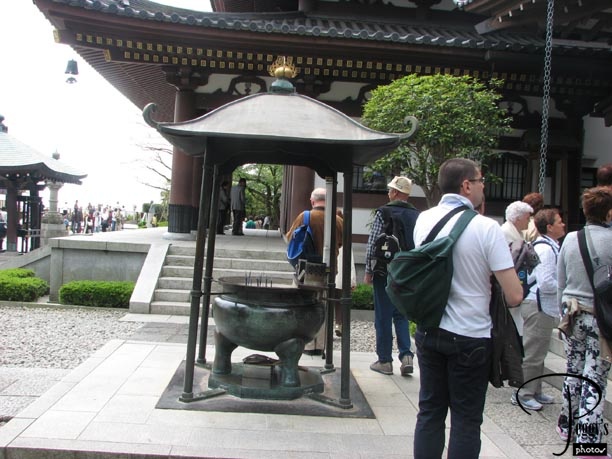
One of the bronze incense burners (joukoros) at the temple, with its smoke used for warding off disease and bad luck.

Hase Kannon Buddhist Temple
Hase Kannon Buddhist Temple
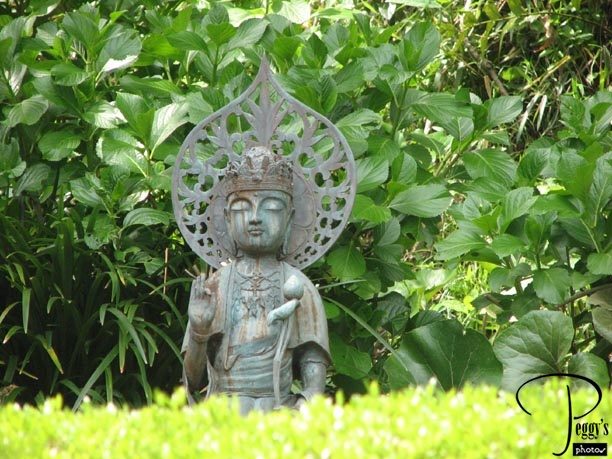
Another statue.

Hase Kannon Buddhist Temple
Hase Kannon Buddhist Temple
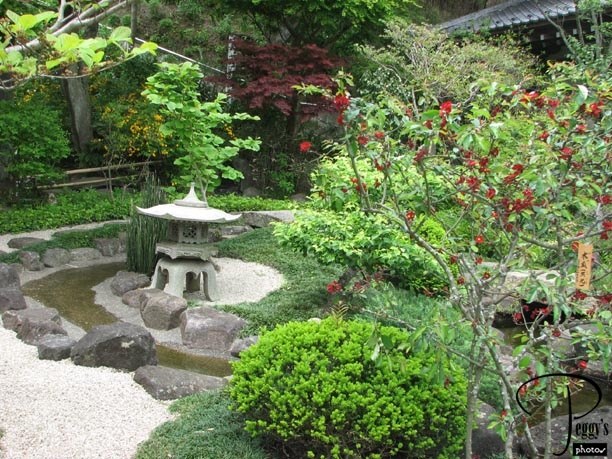
More of the gardens.

Hase Kannon Buddhist Temple
Hase Kannon Buddhist Temple
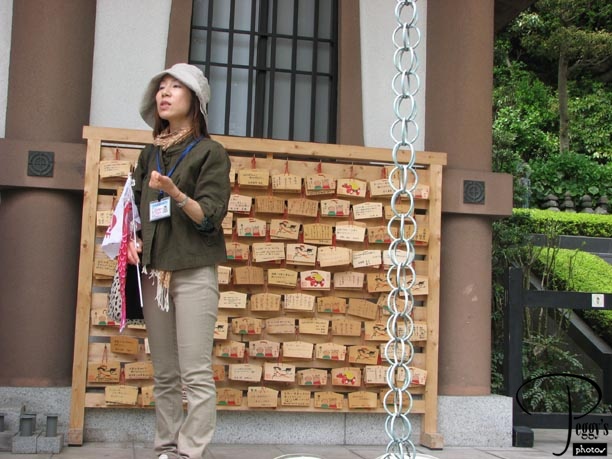
Hanuko telling us about these prayer tablets that you can buy at this temple.

Hase Kannon Buddhist Temple
Hase Kannon Buddhist Temple
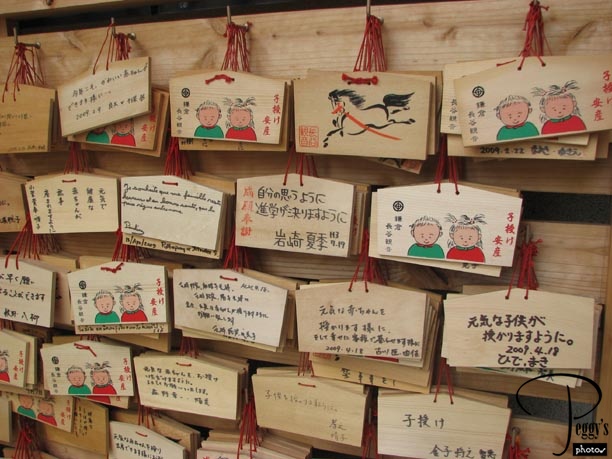
Special tablets for prayers for children are sold here.

Hase Kannon Buddhist Temple
Hase Kannon Buddhist Temple
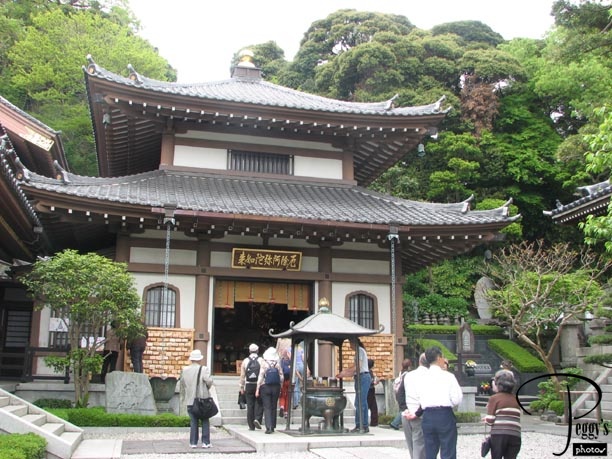
Amida–do Hall. Inside the hall are a golden statue of Yakuyoke (Protector from Evil Spirits) Buddha and other statues. We were not allowed to take photos of the statues, but I found some on the Internet.

Hase Kannon Buddhist Temple
Hase Kannon Buddhist Temple
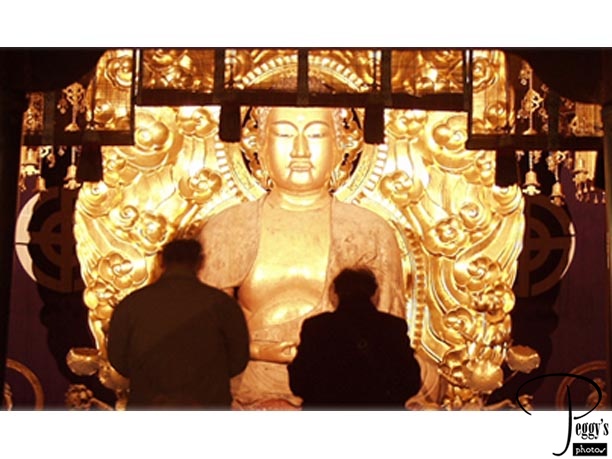
The golden statue of the Yakuyoke (Protector from Evil Spirits) Buddha in Amdia–do Hall. The statue is 9.2 feet (2.8 meters) tall.

Hase Kannon Buddhist Temple
Hase Kannon Buddhist Temple
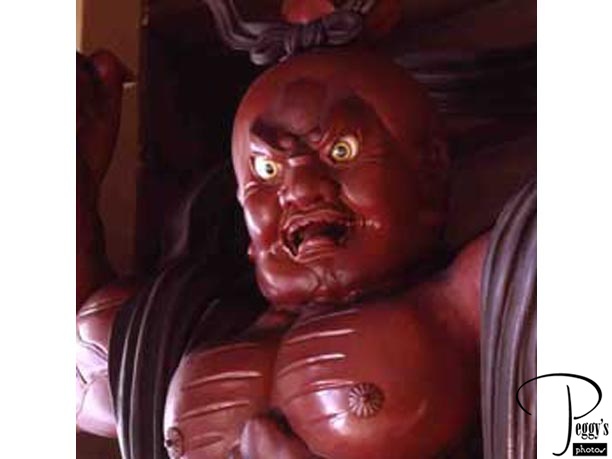
And this one.

Hase Kannon Buddhist Temple
Hase Kannon Buddhist Temple

In the Jizo–do Hall is a statue of Jizo. I found this one on the Internet.

Hase Kannon Buddhist Temple
Hase Kannon Buddhist Temple
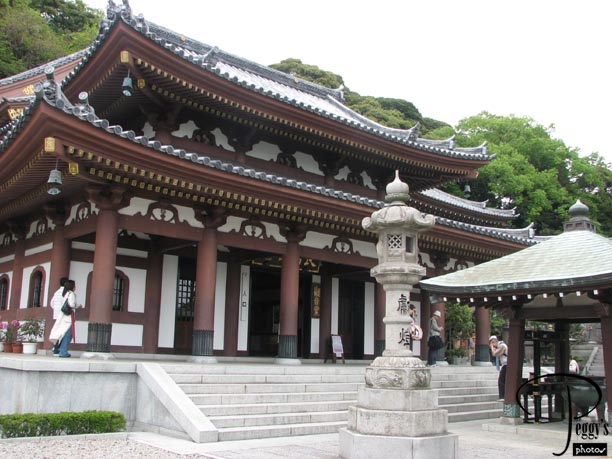
Kannon–do Hall––the Main Hall. The statue of Hase Kannon is here.

Hase Kannon Buddhist Temple
Hase Kannon Buddhist Temple
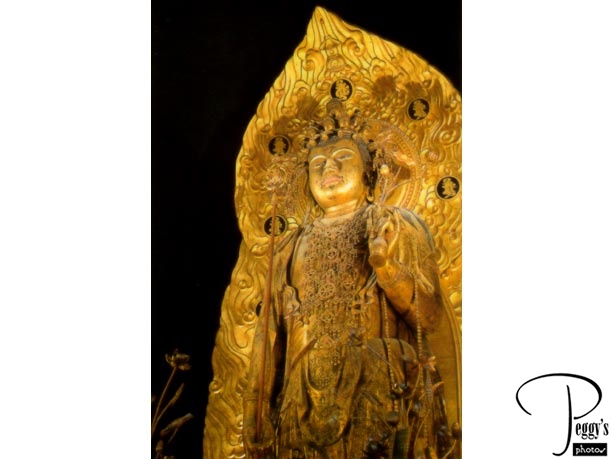
Again, no photos were allowed, so this photo is from a postcard I bought at the temple. The postcard picture does not do justice to this statue––it is 31.1 feet (9.8 meters) high and is covered in gold. It is absolutely stunning, absolutely spectacular, absolutely awe–inspiring. Oh how I wish I could have taken my own photos of it. It is a gilded wooden statue (the largest wooden statue in Japan) of Kannon, the goddess of mercy. Here Kannon has 11 heads plus its main head. Each of the heads has a different expression on their faces, representing the different characteristics of the god.

Hase Kannon Buddhist Temple
Hase Kannon Buddhist Temple
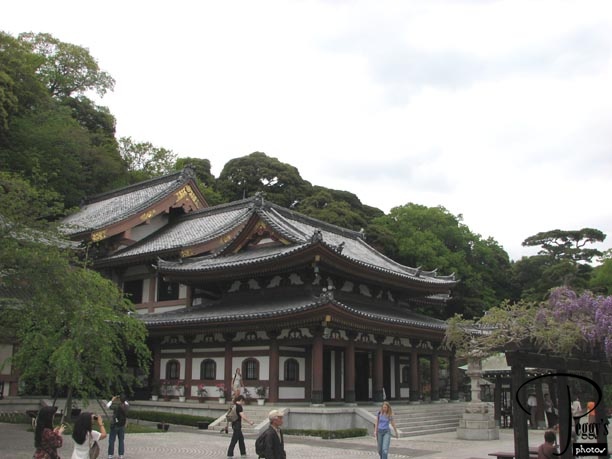
Another view of Kannon–do Hall––the Main Hall.

Hase Kannon Buddhist Temple
Hase Kannon Buddhist Temple
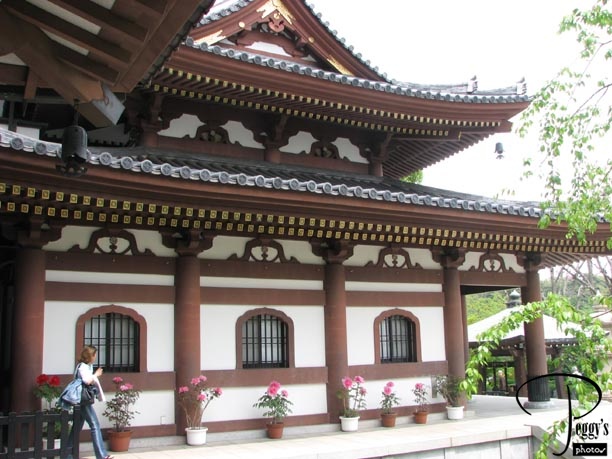
Another hall.

Hase Kannon Buddhist Temple
Hase Kannon Buddhist Temple
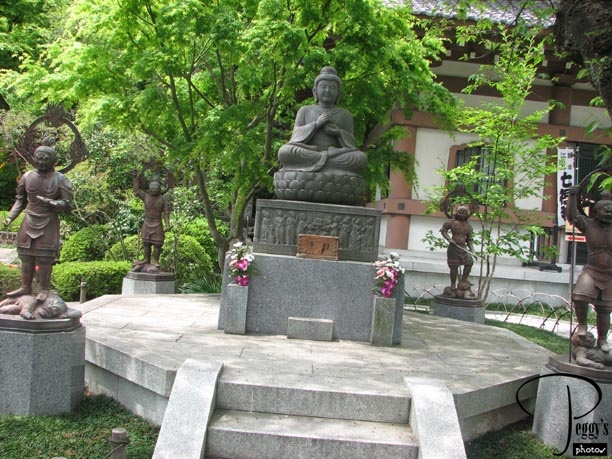
More statues.

Hase Kannon Buddhist Temple
Hase Kannon Buddhist Temple
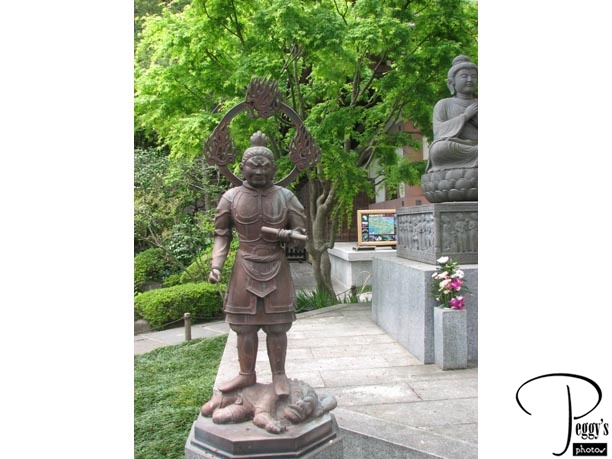
Close–up of the statue on the left side of the last photo.

Hase Kannon Buddhist Temple
Hase Kannon Buddhist Temple
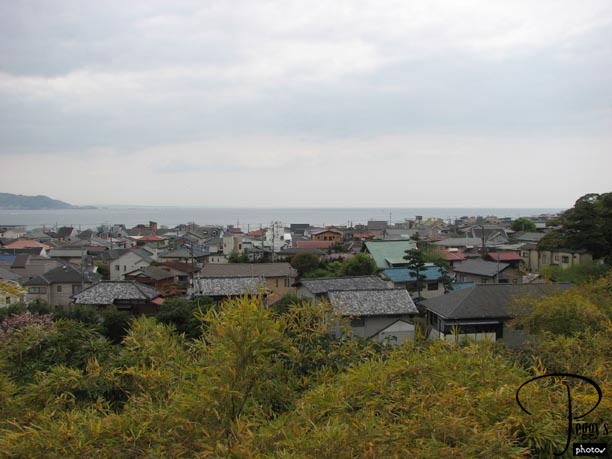
View of Kamakura and the Pacific Ocean from the temple.

Hase Kannon Buddhist Temple
Hase Kannon Buddhist Temple
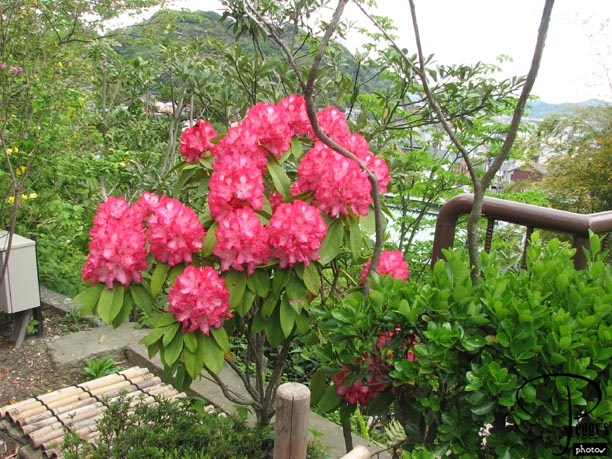
Beautiful peony at the temple.

Hase Kannon Buddhist Temple
Hase Kannon Buddhist Temple
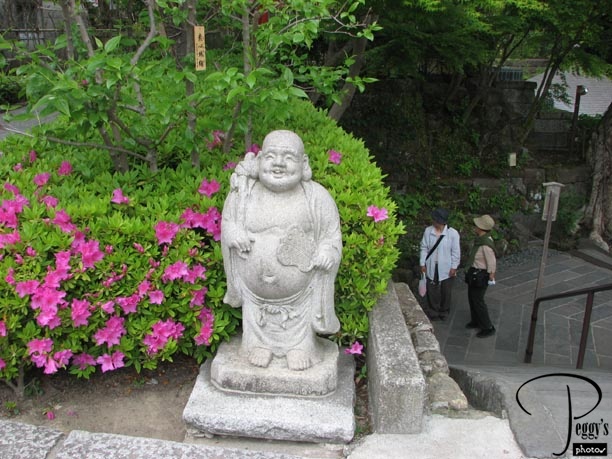
Finally, a statue of Buddha that we Westerners can easily recognize!

Hase Kannon Buddhist Temple
Hase Kannon Buddhist Temple
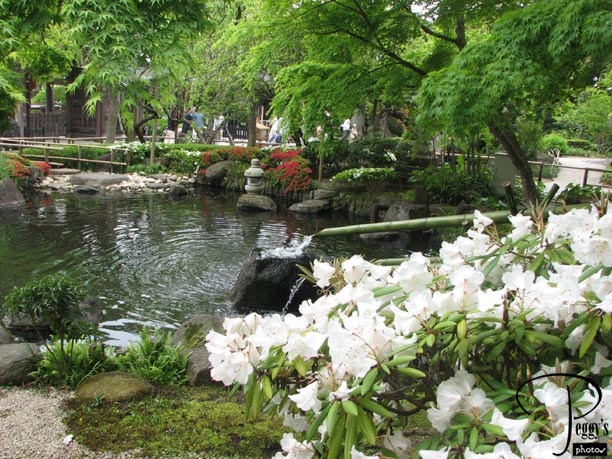
More of the beautiful ponds and gardens.

Hase Kannon Buddhist Temple
Hase Kannon Buddhist Temple
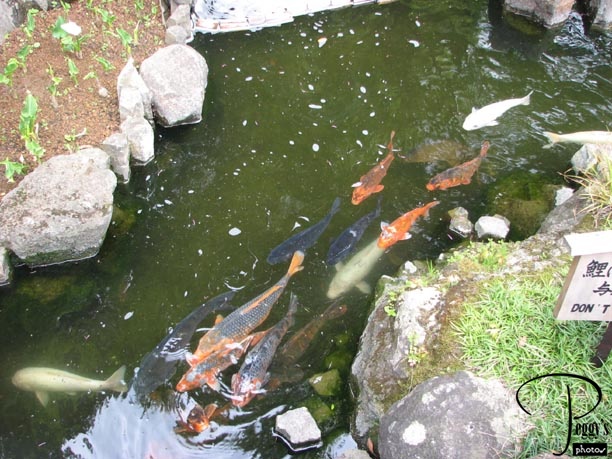
Koi in the pond.

Hase Kannon Buddhist Temple
Hase Kannon Buddhist Temple
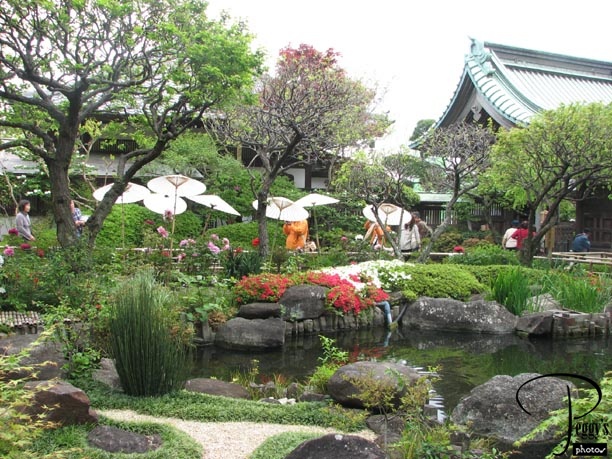
More of the gardens.

Hase Kannon Buddhist Temple
Hase Kannon Buddhist Temple
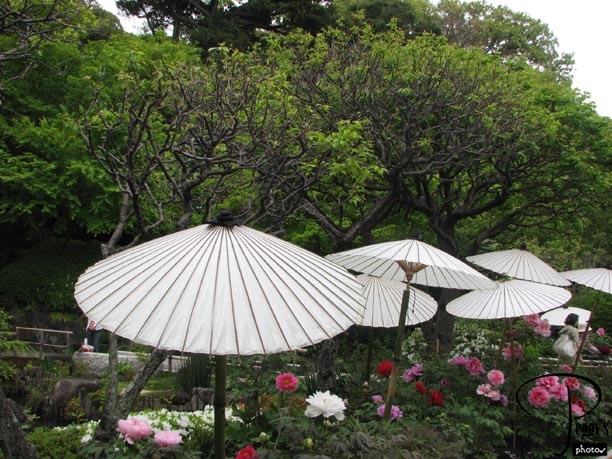
Umbrellas over the peonies.

Hase Kannon Buddhist Temple
Hase Kannon Buddhist Temple
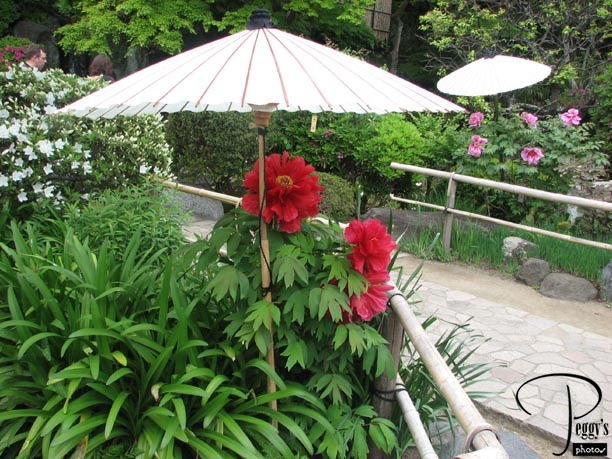
More umbrellas over the peonies.

Hase Kannon Buddhist Temple
Hase Kannon Buddhist Temple
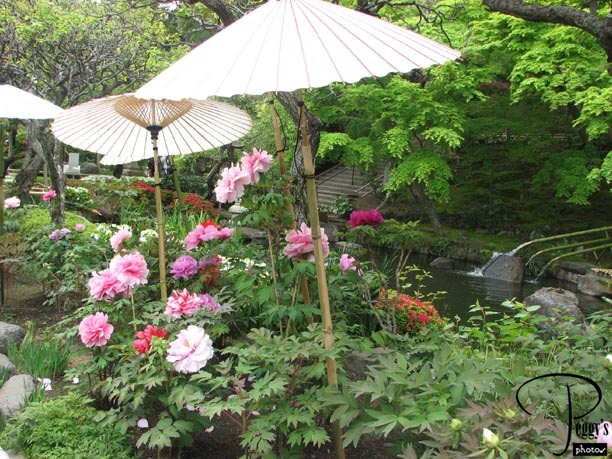
And more.

Hase Kannon Buddhist Temple
Hase Kannon Buddhist Temple
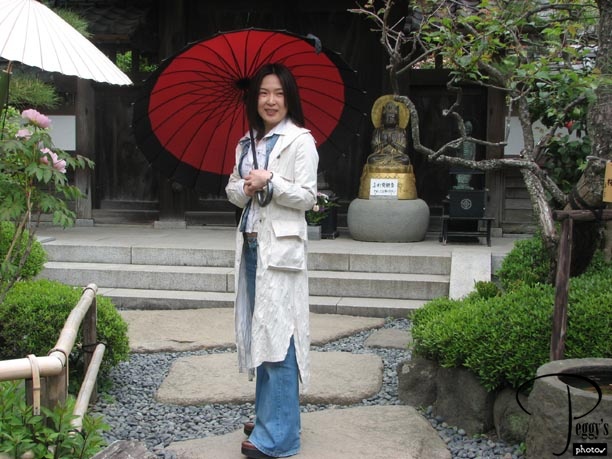
This pretty Japanese girl let me take her photo.

Hase Kannon Buddhist Temple
Hase Kannon Buddhist Temple
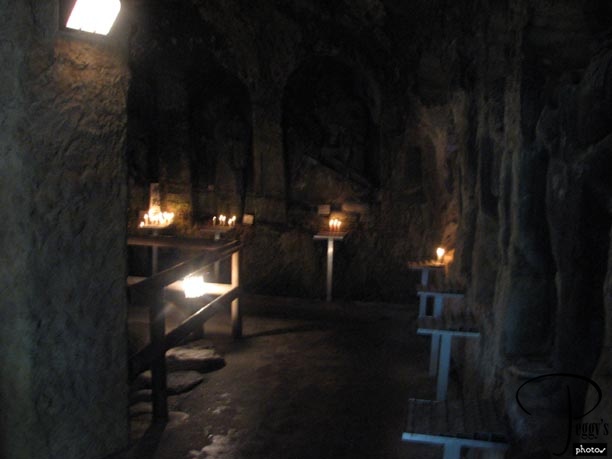
Inside the Benten–kutsu Cave. Benzaiten is a sea goddess and the only female among the Seven Lucky Gods of Japan. She is the patron saint of music, art, and good fortune. It was quite dark in the cave.

Hase Kannon Buddhist Temple
Hase Kannon Buddhist Temple
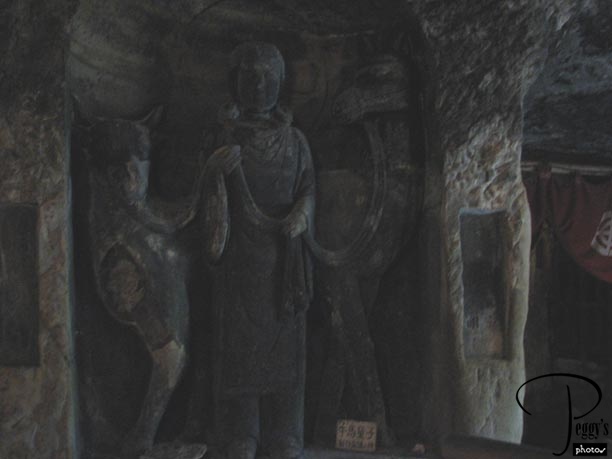
Benzaiten with eight arms and 16 children are chiseled out of the cave’s rock wall. It was very difficult to see any of them. Off the main cave was a tunnel that to get through you would have to bend your back completely. I decided not to attempt the tunnel, but some of my tour group did. At the end of the tunnel was a small room with many, many small Jizo statues.

Hase Kannon Buddhist Temple
Hase Kannon Buddhist Temple
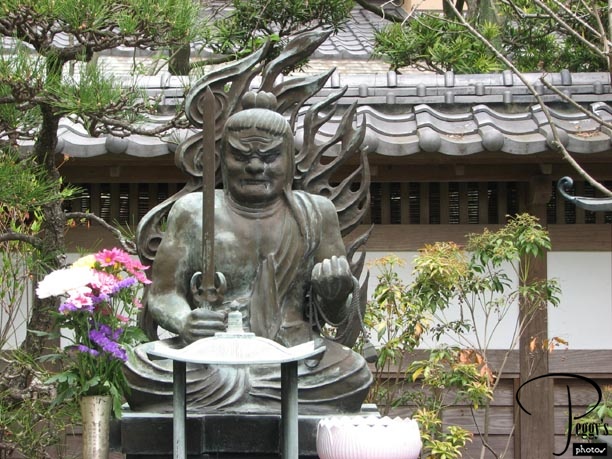
Statue of Fudo–myoo (“the immutable one”), who is the Buddhist divinity of fire.

Hase Kannon Buddhist Temple
Kamakura
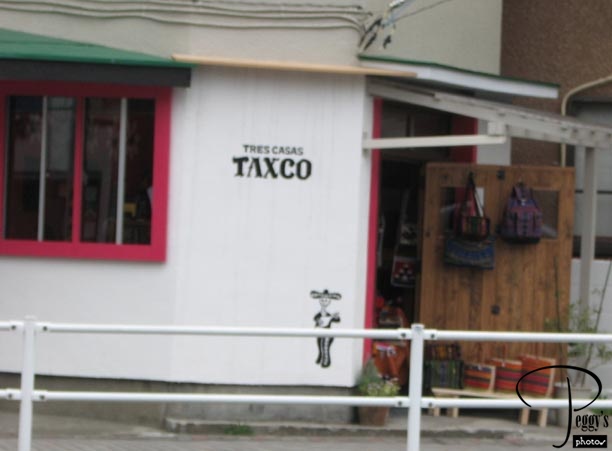
On our way to see the Giant Buddha, we passed this interesting store selling Mexican curios.

Kamakura
Great Buddha at the Kotokuin Temple
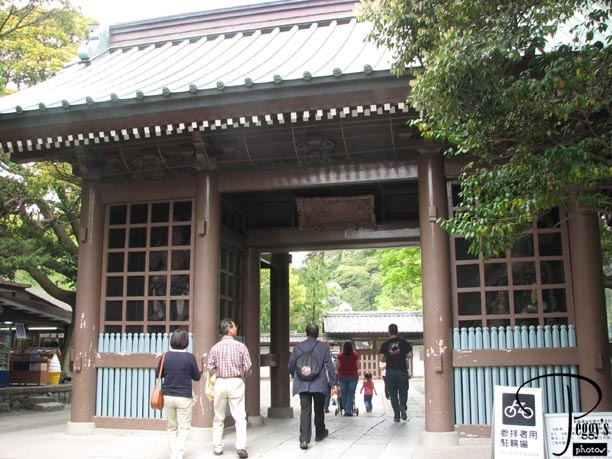
Passing through the main gate at the Kotokuin Temple.

Great Buddha at the Kotokuin Temple
Great Buddha at the Kotokuin Temple
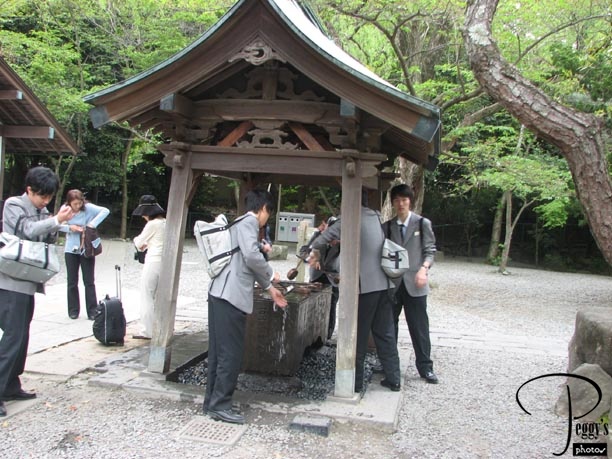
Japanese school boys at the temiuya.

Great Buddha at the Kotokuin Temple
Great Buddha at the Kotokuin Temple

The Great Buddha––seeing this statue was definitely a WOW experience.

Great Buddha at the Kotokuin Temple
Great Buddha at the Kotokuin Temple
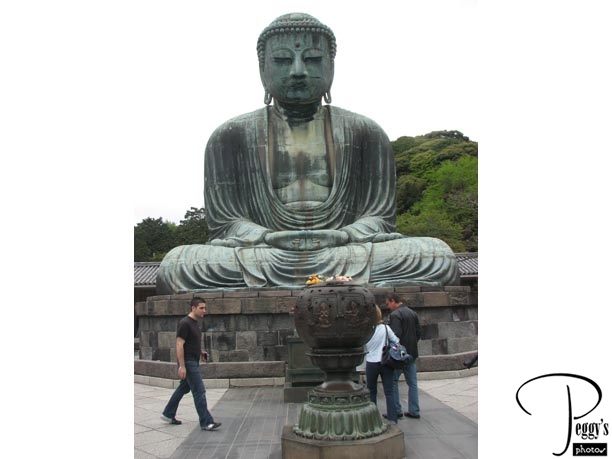
Close–up of the Great Buddha of Kamakura. This statue is the second largest statue of Buddha in Japan. It is made of bronze and is 37 feet (11.4 meters) tall. It is thought to date back to 1252. It was originally located inside a temple hall. However, the temple hall and other temple buildings were swept away by a tsunami in the 15th century. The Great Buddha has also survived earthquakes, fires, and typhoons.

Great Buddha at the Kotokuin Temple
Great Buddha at the Kotokuin Temple
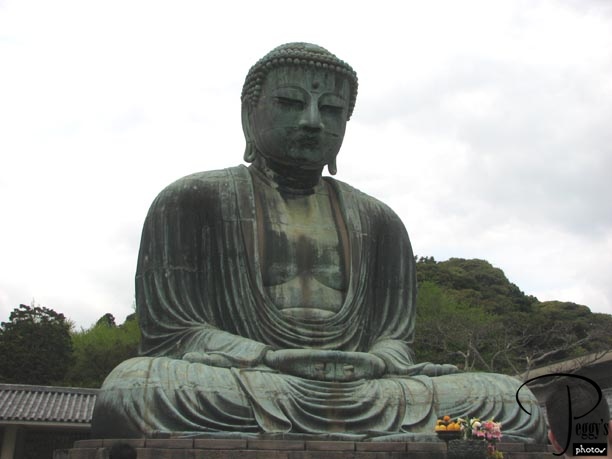
Closer–up of the Great Buddha.

Great Buddha at the Kotokuin Temple
Great Buddha at the Kotokuin Temple
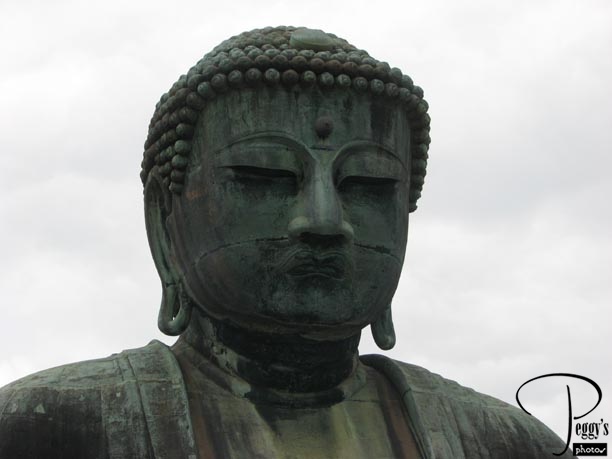
Close–up of the Great Buddha’s head.

Great Buddha at the Kotokuin Temple
Great Buddha at the Kotokuin Temple
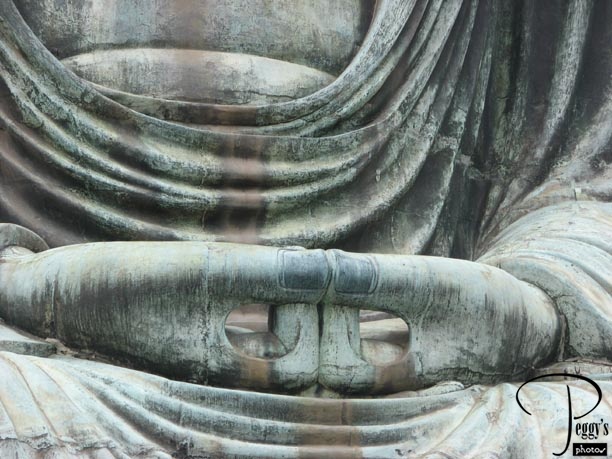
The fingers of the Great Buddha are backward.

Great Buddha at the Kotokuin Temple
Great Buddha at the Kotokuin Temple
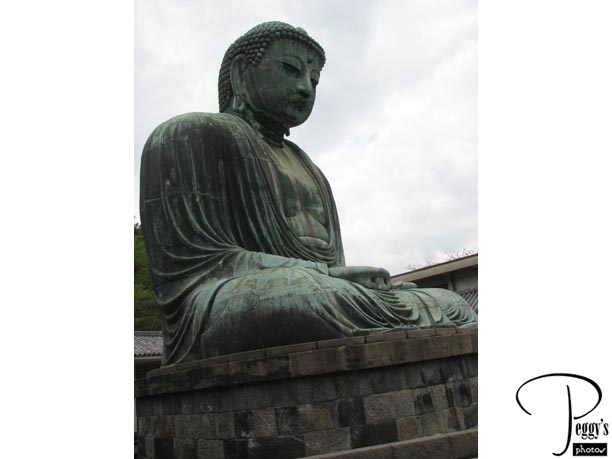
From the side.

Great Buddha at the Kotokuin Temple
Great Buddha at the Kotokuin Temple
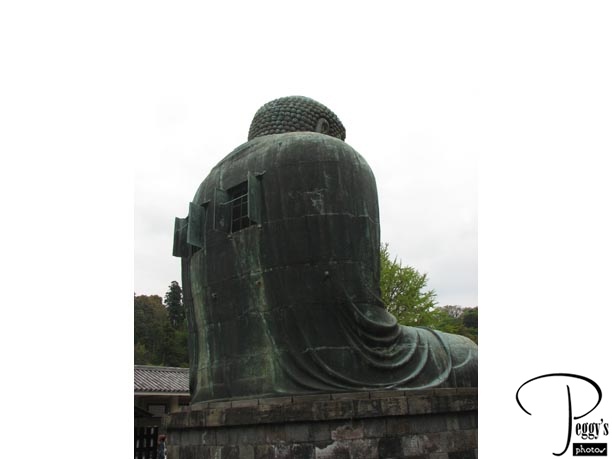
From the back. The rest of my Kamakura tour will be in Part B.
